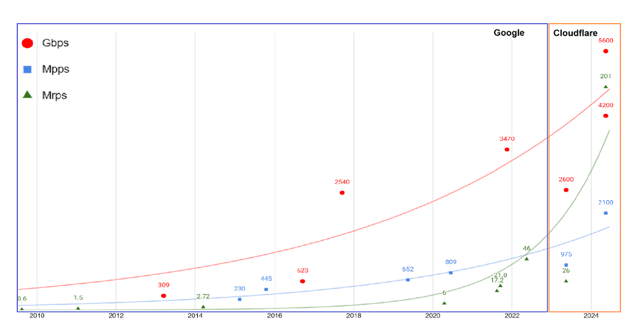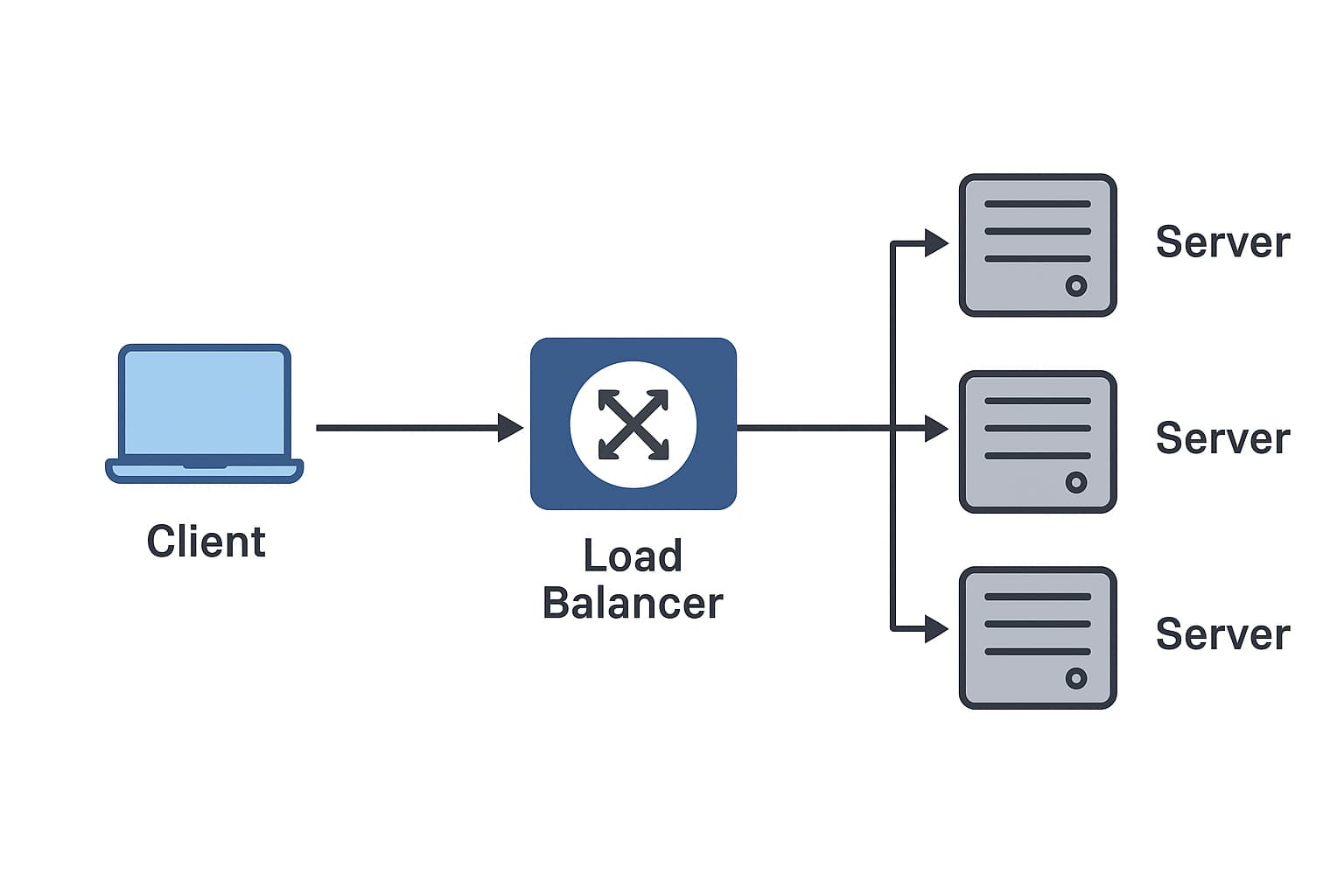以下标记是一个不错的起点或样板文件。 复制此标记,并将其保存为扩展名为 .html 的文件。
<!doctype html>
<html amp lang="en">
<head>
<meta charset="utf-8">
<title>Hello, AMPs</title>
<link rel="canonical" href="http://example.ampproject.org/article-metadata.html">
<meta name="viewport" content="width=device-width,minimum-scale=1,initial-scale=1">
<script type="application/ld+json">
{
"@context": "http://schema.org",
"@type": "NewsArticle",
"headline": "Open-source framework for publishing content",
"datePublished": "2015-10-07T12:02:41Z",
"image": [
"logo.jpg"
]
}
</script>
<style amp-boilerplate>body{-webkit-animation:-amp-start 8s steps(1,end) 0s 1 normal both;-moz-animation:-amp-start 8s steps(1,end) 0s 1 normal both;-ms-animation:-amp-start 8s steps(1,end) 0s 1 normal both;animation:-amp-start 8s steps(1,end) 0s 1 normal both}@-webkit-keyframes -amp-start{from{visibility:hidden}to{visibility:visible}}@-moz-keyframes -amp-start{from{visibility:hidden}to{visibility:visible}}@-ms-keyframes -amp-start{from{visibility:hidden}to{visibility:visible}}@-o-keyframes -amp-start{from{visibility:hidden}to{visibility:visible}}@keyframes -amp-start{from{visibility:hidden}to{visibility:visible}}</style><noscript><style amp-boilerplate>body{-webkit-animation:none;-moz-animation:none;-ms-animation:none;animation:none}</style></noscript>
<script async src="https://cdn.ampproject.org/v0.js"></script>
</head>
<body>
<h1>Welcome to the mobile web</h1>
</body>
</html>
到目前为止,正文中的内容相当简单。但页面最前面有一些可能并非立即显而易见的额外代码。让我们解构一下所需的标记。
所需的标记
AMP HTML 文档必须:
以文档类型 <!doctype html> 开头
包含顶级 <html ⚡> 标记(也接受 <html amp>)
包含 <head> 和 <body> 标记(这些标记在 HTML 中是可选的)
在<head>内包含一个 <link rel="canonical" href="$SOME_URL"> 标记,该标记指向 AMP HTML 文档的常规 HTML 版本,或在此类 HTML 版本不存在的情况下指向文档本身
包含 <meta charset="utf-8"> 标记作为<head>标记的第一个子项
在<head>标记内包含 <meta name="viewport" content="width=device-width,minimum-scale=1"> 标记。还建议包括 initial-scale=1
包含 <script async src="https://cdn.ampproject.org/v0.js"></script> 标记作为<head>中的最后一个元素(这样做将会包括并加载 AMP JS 库)
在其 <head> 标记内包含以下内容: <style amp-boilerplate>body{-webkit-animation:-amp-start 8s steps(1,end) 0s 1 normal both;-moz-animation:-amp-start 8s steps(1,end) 0s 1 normal both;-ms-animation:-amp-start 8s steps(1,end) 0s 1 normal both;animation:-amp-start 8s steps(1,end) 0s 1 normal both}@-webkit-keyframes -amp-start{from{visibility:hidden}to{visibility:visible}}@-moz-keyframes -amp-start{from{visibility:hidden}to{visibility:visible}}@-ms-keyframes -amp-start{from{visibility:hidden}to{visibility:visible}}@-o-keyframes -amp-start{from{visibility:hidden}to{visibility:visible}}@keyframes -amp-start{from{visibility:hidden}to{visibility:visible}}</style><noscript><style amp-boilerplate>body{-webkit-animation:none;-moz-animation:none;-ms-animation:none;animation:none}</style></noscript>
可选的元数据
除了纯粹的要求外,我们的示例还在<head>中包括了 Schema.org 定义,该定义不是对 AMP 的严格要求,但必须满足才能在某些地方(例如在 Google 搜索新闻轮播演示(请在您的手机上尝试))分发内容。
如需详细了解在各类其他地方(例如 Twitter)需要的所有元数据,请浏览我们的示例。如需具体了解 Google 搜索中的 AMP,请参阅 AMP 头条新闻。
这就是创建第一个 AMP 页面所需的全部内容,当然在正文中还有很多工作要做。在下一部分中,我们将介绍如何添加像图像、自定义 AMP 元素这样的基本内容,如何设置页面样式,以及如何实现响应式布局。


